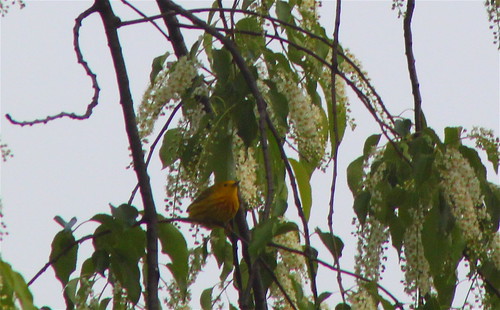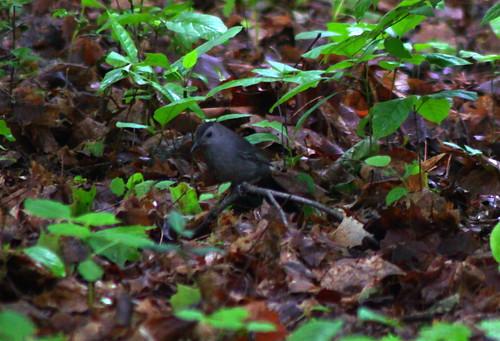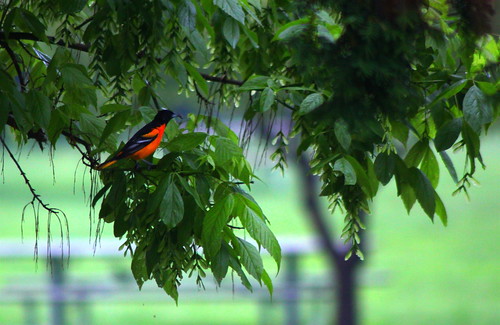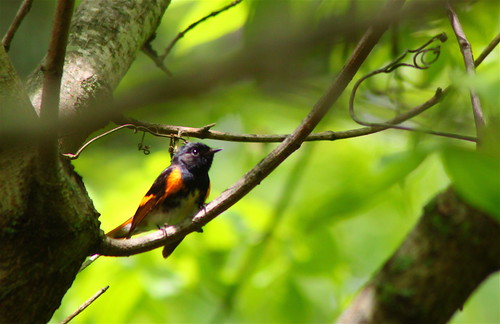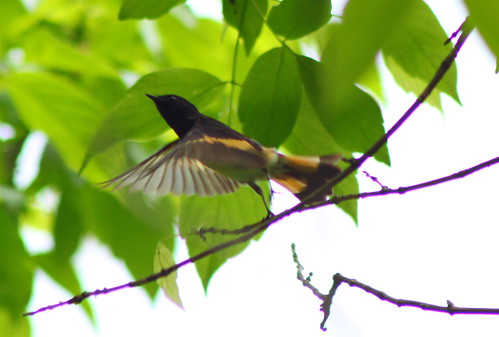Here is a bird you might be familiar with, the Red-winged Blackbird. These birds are numerous in wetland habitats and cling to cattails as they sing. They are highly polygynous, a male can have as many as 15 females nesting in his territory during the breeding season. Males defend their territories aggressively against rival males and will even attack larger species like Great Blue Herons or hawks.
Red-winged Blackbirds have jet black plumage with red and yellow epaulets on their shoulders which they flare at rival males when displaying. The epaulets may not be seen when birds are not being territorial. Their bill is straight and conical which they use to eat insects and seeds. The female Red-winged Blackbird looks completely different from the male. She is a drab brown with much streaking on the breast and back. Females have a yellow-orange throat and a white stripe above the eye. See the video below of a male Red-winged Blackbird calling on his territory.
Red-winged Blackbirds have jet black plumage with red and yellow epaulets on their shoulders which they flare at rival males when displaying. The epaulets may not be seen when birds are not being territorial. Their bill is straight and conical which they use to eat insects and seeds. The female Red-winged Blackbird looks completely different from the male. She is a drab brown with much streaking on the breast and back. Females have a yellow-orange throat and a white stripe above the eye. See the video below of a male Red-winged Blackbird calling on his territory.



 12:11 AM
12:11 AM



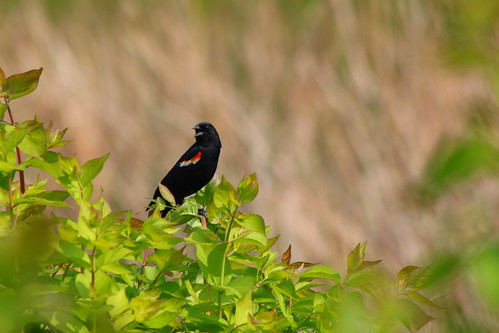

 Posted in:
Posted in: 











